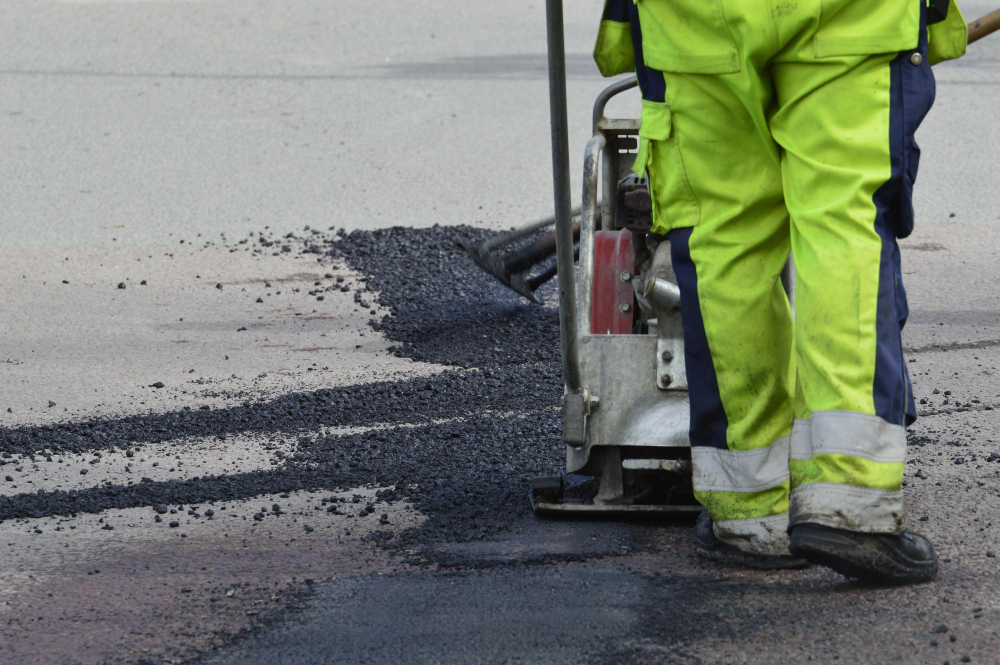
Potholes are more than just an annoyance. They can damage vehicles, increase maintenance costs, and pose serious safety risks for drivers, pedestrians, and cyclists. For residents and businesses in Daytona Beach, FL, the presence of potholes can also affect property values and curb appeal. But what are the best options for repairing these pesky road imperfections?
This blog will explore the most common and effective methods for pothole repair, helping you identify the ideal solution for your driveway, parking lot, or roadway. Plus, if you're searching for professional paving in Daytona Beach, FL, we've got a trusted recommendation to help you get started.
Before we discuss repair options, it’s essential to understand why potholes form. Potholes are typically the result of water infiltrating the pavement surface through cracks. When temperatures drop, the water freezes and expands, creating stresses within the asphalt. Once the ice melts, it leaves voids under the pavement. The weight of passing vehicles then weakens the surface, eventually causing it to collapse and form a pothole.
Factors contributing to pothole formation include:
Understanding the root cause of potholes can help determine the best repair method for long-lasting results.
There’s no one-size-fits-all when it comes to fixing potholes. The choice of repair method depends on the extent of the damage, the type of pavement, and the longevity desired. Here are some of the most commonly used techniques:
Cold mix asphalt is a quick fix often used for temporary pothole repairs. This method involves filling the pothole with a pre-made cold asphalt mix, which doesn’t require heating.
Pros:
Cons:
Hot mix asphalt is a more permanent solution that involves filling the pothole with asphalt heated to a high temperature. This process typically requires specialized equipment and skilled professionals.
Pros:
Cons:
Spray injection combines cleaning, adhesive application, and rapid pothole filling in one efficient process. A specialized truck sprays a mixture of hot asphalt and aggregates directly into the pothole.
Pros:
Cons:
This method uses infrared technology to heat the pavement surrounding the pothole. Once heated, the area is softened, and new asphalt material is blended seamlessly with the existing pavement.
Pros:
Cons:
For extensive pothole damage or degraded pavement, full-depth reconstruction may be necessary. This involves removing damaged pavement layers, reinforcing the subbase, and applying new asphalt.
Pros:
Cons:
While repairing potholes is essential, prevention is even better. Here are some steps to minimize the formation of potholes in your driveway, parking lot, or roadway:
While DIY pothole repair methods may seem cost-effective at first, they rarely provide the durability and longevity needed for high-traffic areas. For repairs that last and protect your investment, hiring professionals is the best route.
Professional paving companies have the expertise, tools, and materials to:
If you’re on the lookout for professional paving in Daytona Beach, FL, you’ll want to work with a trusted local expert like Florida Sealcoating. They offer high-quality repair services and personalized solutions tailored to your needs.
Potholes can be unsightly, dangerous, and harmful to your pavement’s lifespan. By understanding repair methods and best practices for prevention, you can take control of your pavement’s future.
If you’re ready to tackle pothole issues and need reliable professionals for paving in Daytona Beach, FL, contact Florida Sealcoating today. They’ll provide a free, no-obligation quote to help you get started on the path to smoother, safer surfaces.